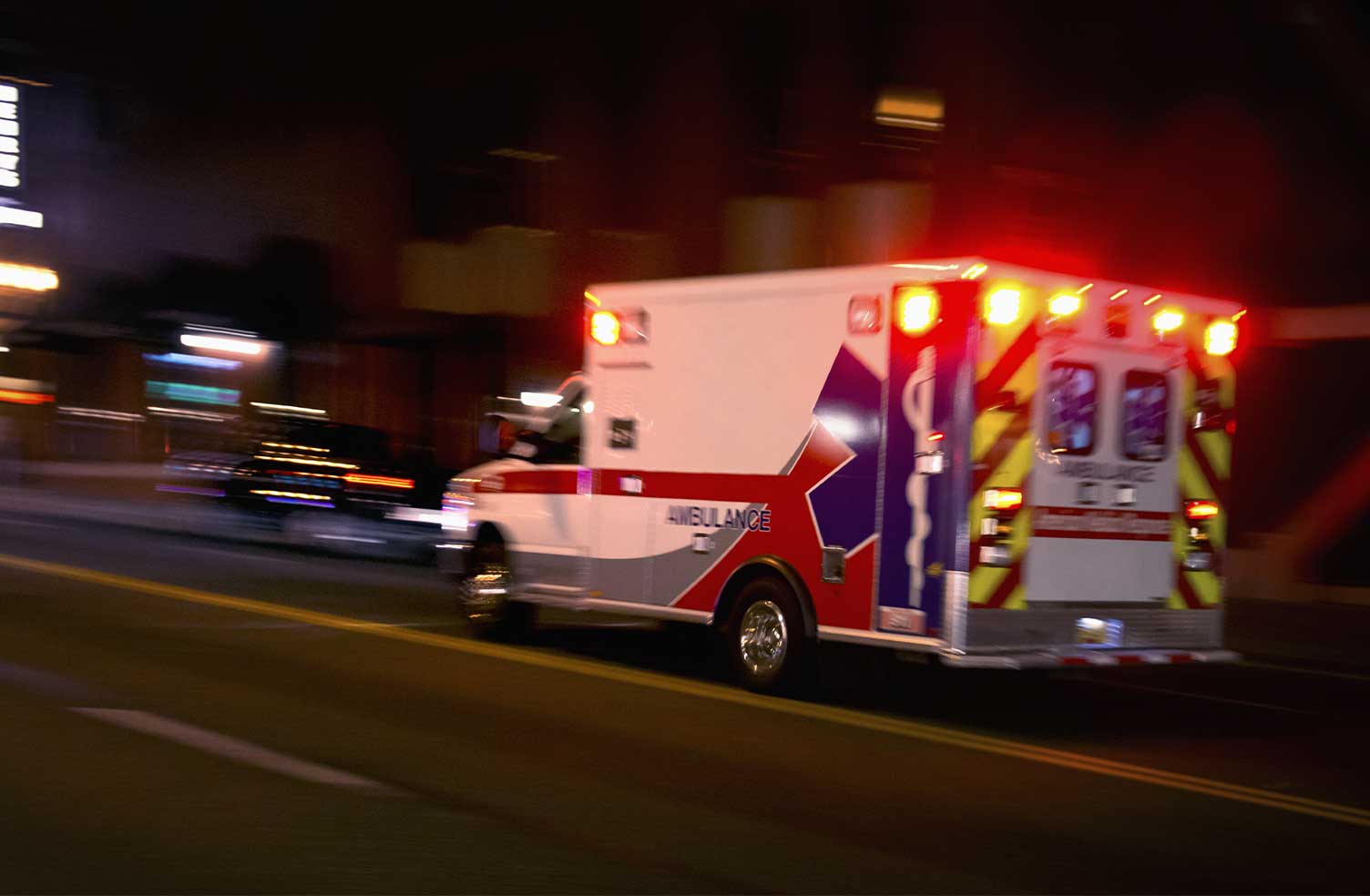
The Federal Communications Commission (FCC) implemented two statutes to make it easier for callers to reach 911, and for emergency services to locate those callers – Kari’s Law and RAY BAUM’S Act.
Kari’s Law
This legislation arose from a tragic real-world scenario. In 2013, Kari Hunt was killed in a motel room in Marshall, Texas by her estranged husband. Her 9-year-old daughter tried to call 911 four times, but the calls never went through because the motel’s phone system required dialing “9” before any call to secure an outbound phone line.
Congress enacted Kari’s Law to ensure that users of a multi-line telephone system (MLTS) can directly dial 911 from within the system, with no special prefixes or other codes. The law also mandates that when an emergency call is placed, a notification be sent to a central location on-site or off-site where someone is likely to see or hear the notification. Notifications must include a valid callback number and are intended to facilitate building entry by first responders. These are potentially life-saving changes.
Kari’s Law went into effect on February 16, 2020, stating that MLTS vendors and manufacturers must configure new phone systems to support direct dialing 911. The system must also send a notification to a central location on- or off-site, such as a front desk or security kiosk. The notification will provide an alert that a 911 call was placed and include a callback number and information about the caller’s location.
Note that Kari’s law is prospective only and does not require upgrading MLTSs deployed as of Feb 15, 2020. However, after February 16, 2020, independent legal advice should be obtained prior to upgrading any non-compliant systems deployed prior to February 15, 2020, as these actions may trigger Kari’s Law requirements.
Kari’s Law requires that all outbound dialing MLTS must provide direct access to 911 service without the caller having to dial an initial number, digit, prefix or other access number before dialing 911. While numerous states have their own version of Kari’s Law, a nationwide version, H.R. 582 (115th): Kari’s Law Act of 2017, was signed into law in 2018 and took effect February 16, 2020. Kari’s Law specially applies to 911 access and notification of a 911 call to a central location on the site of the facilities where a call is placed and to an optional additional location per Rule 251.15.
The National 911 Program, in conjunction with the FCC, developed user-friendly tools for those interested in understanding MLTS and dispatchable location requirements, and the consequences of non-compliance for manufacturers and users of MLTS. Individuals and organizations can download various resources.
RAY BAUM’S Act
As with Kari’s Law, under Section 506 of RAY BAUM’S act (Repack Airwaves Yielding Better Access for Users of Modern Services) the Federal Communication Commission has adopted rules that aim to save lives by modifying certain aspects of 911 communications. The RAY BAUM’S rules deal with what’s called a “dispatchable location” – i.e., the physical address to which 911 responders will be sent when someone calls 911 from a certain device.
Whether you are using a fixed-line device (such as a traditional on-premise device/landline) or a non-fixed device (such as a VoIP softphone or IP desk phone), RAY BAUM’S Act aims to ensure that your device is associated with a dispatchable location – so that first responders can find you, even if you cannot speak or confirm your address. Again, this is a legislative change that could save lives.
Ray Baum served in a number of important public roles throughout his career. He served at both the state and federal level in Oregon and in Washington D.C. Ray was a Commissioner and Chairman of the Oregon Public Utilities Commission (PUC), served on the Board of Directors of the National Association of Regulatory Utility Commissioners (NARUC), and as the Chair of NARUC’s Committee on Telecommunications.
In December 2016, Ray Baum joined U.S. Representative Greg Walden’s staff as Staff Director on the Energy and Commerce Committee working on telecommunications issues with the FCC. In February of 2018, Ray Baum passed away after a long battle with cancer. In recognition of his important contributions to the telecommunications industry, Representative Greg Walden arranged to have RAY BAUM’S Act named in his honor.
The RAY BAUM’S Act was signed into law in 2018. The Act emphasizes the importance of sharing precise location information when calling 911, which is invaluable to first responders in locating callers and can dramatically increase the potential for better emergency outcomes. There is a particular focus for providers on Section 506 of the Act with its 911 emergency services for enterprises.
The RAY BAUM’S Act requires that all Multi-Line Telephone Systems (MLTS) provide a “dispatchable location” on all emergency 911 calls. A dispatchable location is defined not only as the street address of the 911 calling party, but also must include additional information such as room number, floor number, or similar information necessary to adequately identify the location of the calling party.
Additional Resources:
- The FCC’s new rules were published in the December 6, 2019 Federal Register.
- FCC FACT SHEET*Implementing Kari’s Law and Section 506 of RAY BAUM’S Act
- Multi-line Telephone Systems – Kari’s Law and RAY BAUM’S Act 911 Direct Dialing, Notification, and Dispatchable Location Requirements
- Visit the FCC website for additional guidance.




